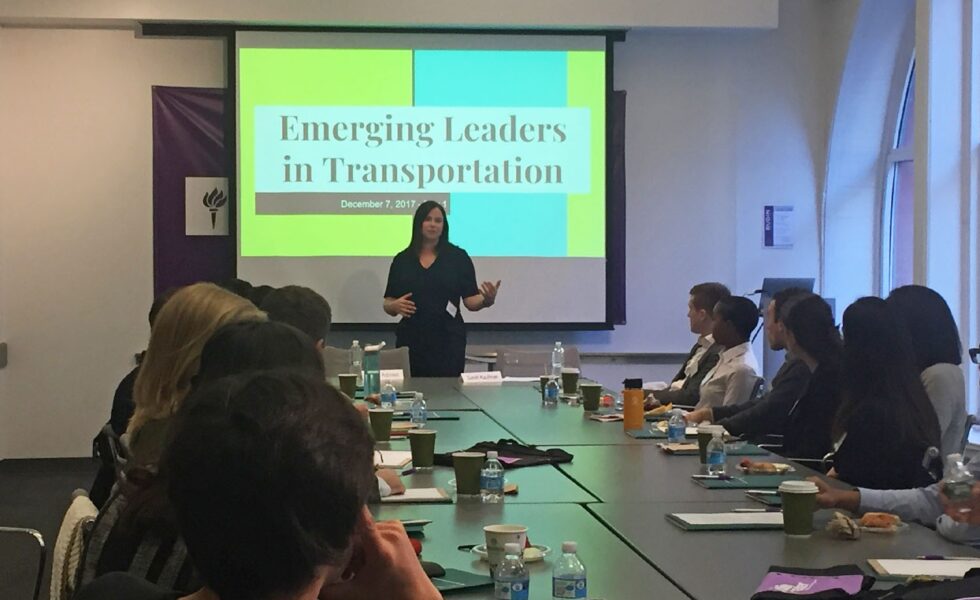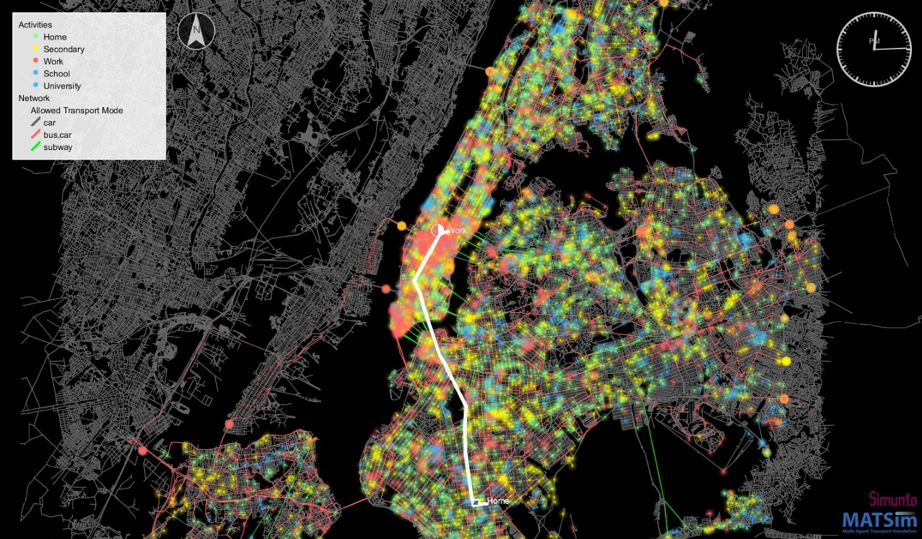Algorithms to Convert Basic Safety Messages into Traffic Measures
An NSF project named “study of driving volatility in connected and cooperative vehicle systems” aims at extracting driving volatility, characterized by hard acceleration/braking, jerky movements, sharp lane changes or turns, and abnormally high speeds in a connected vehicle environment. The objective of this project is to model computationally efficient algorithms for predicting driver actions and volatility using information about their prior behaviors combined with positions and motions obtained via wireless communications.










